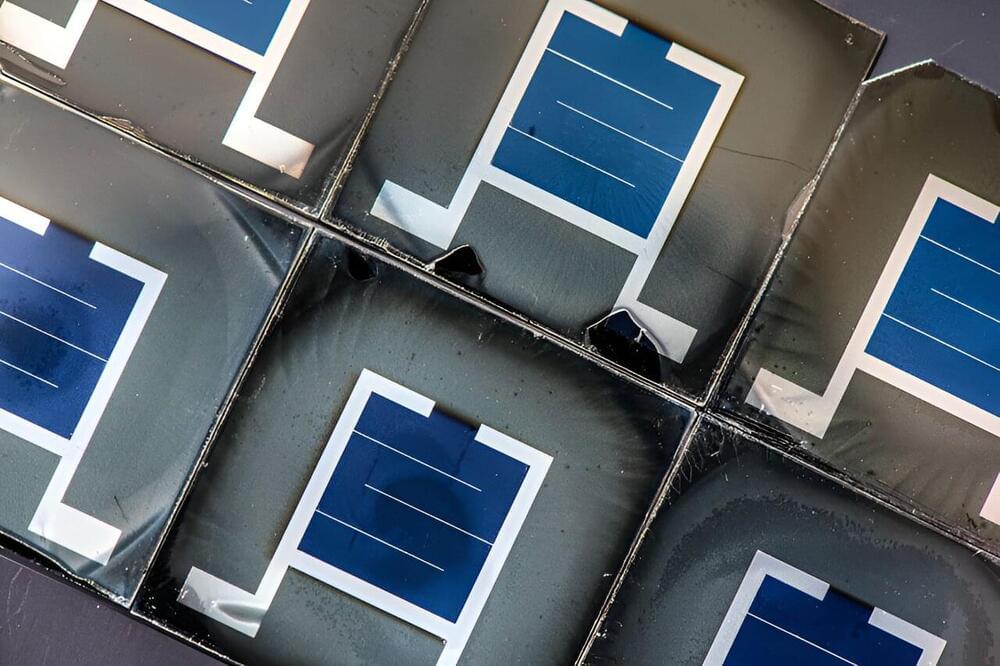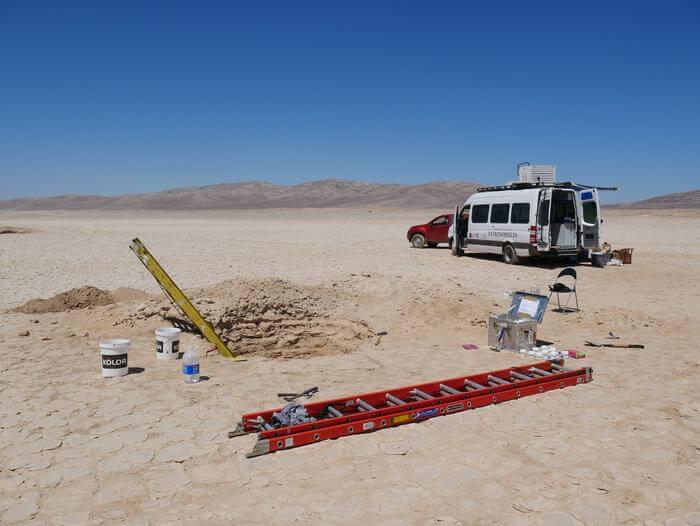As the old saying goes, two heads are better than one. The same is true when it comes to solar cells working in tandem. Researchers at the U.S. Department of Energy’s National Renewable Energy Laboratory (NREL) have prepared a roadmap on how to move tandem solar cells—particularly those that mesh different photovoltaic technologies—closer to commercialization.
As the researchers pointed out in an article in the journal Joule, considerably more solar power must be added globally beyond the currently installed 1 terawatt of capacity. Because of the growing population and increased electrification of all energy sectors, experts are predicting the world will need 75 terawatts of photovoltaics (PV) by 2050.
The vast majority of solar modules in use today rely on a single junction, which is able to absorb only a fraction of the solar spectrum and thus are limited to how efficient they can be. Tandem solar cells, which consist of two or more junctions, hold the potential to reach much higher efficiencies. Because tandems are stacked on top of each other, the total area a module requires decreases—in turn, raising the efficiency and potentially lowering the total system cost.








